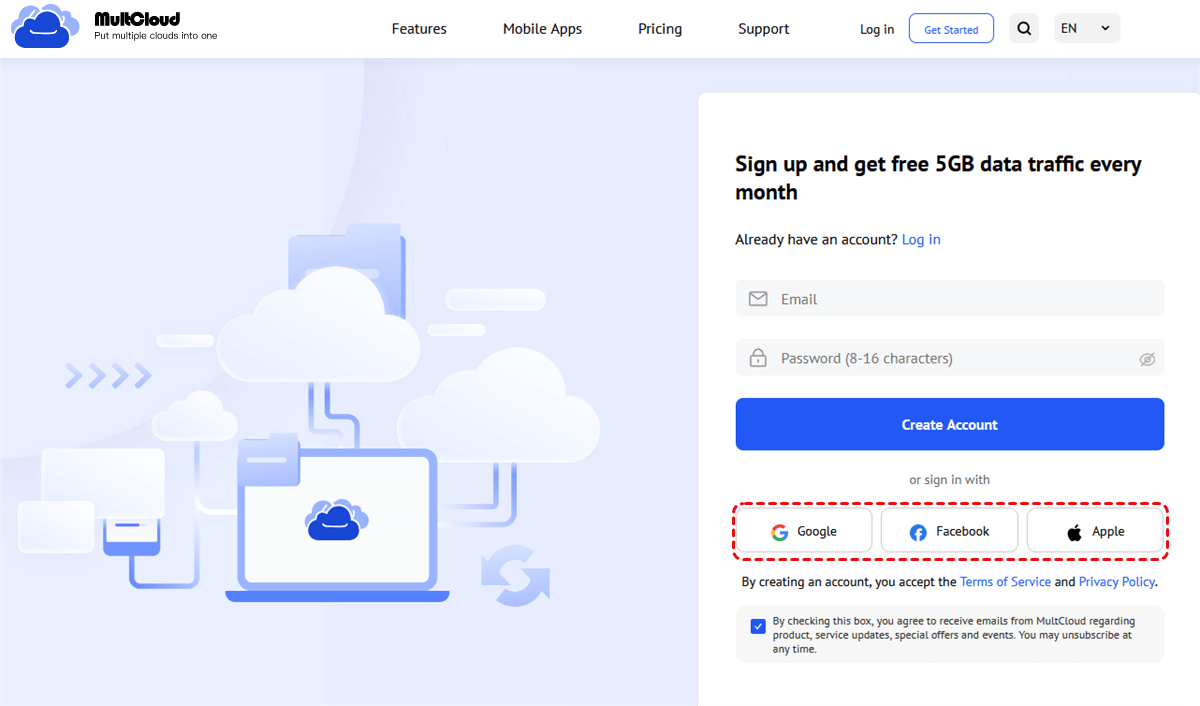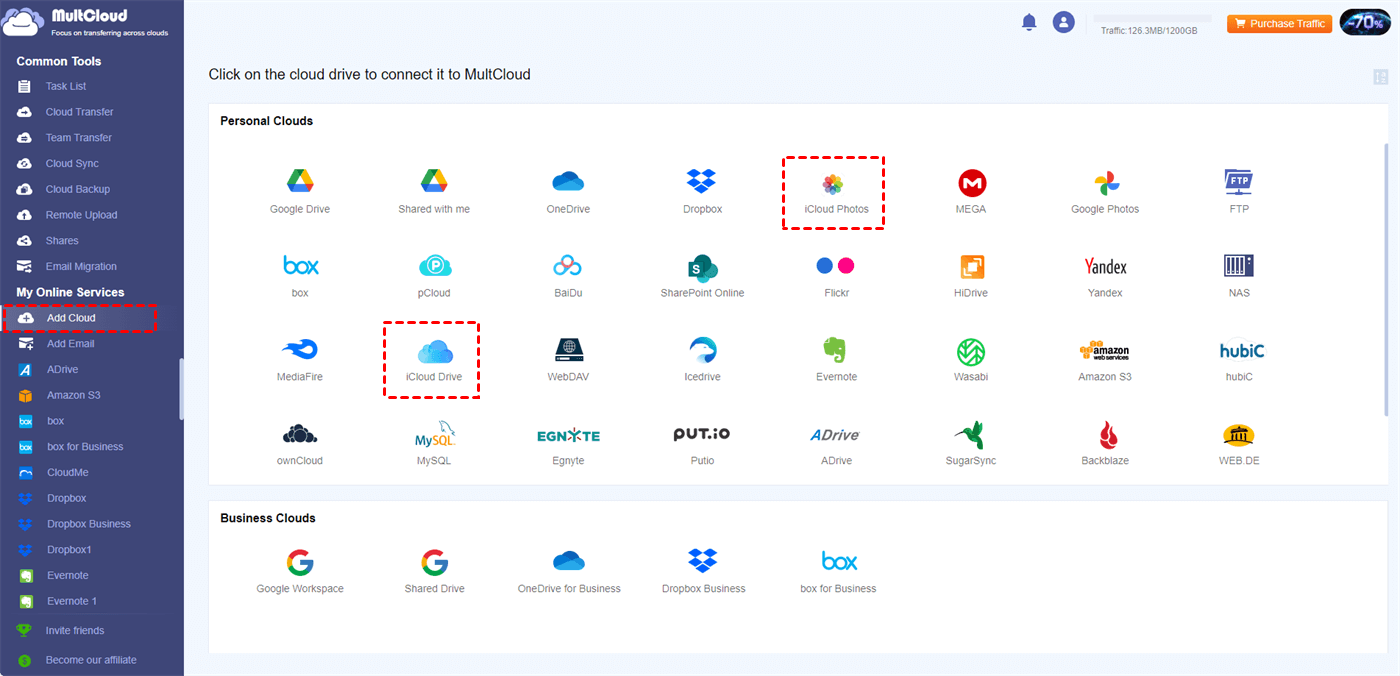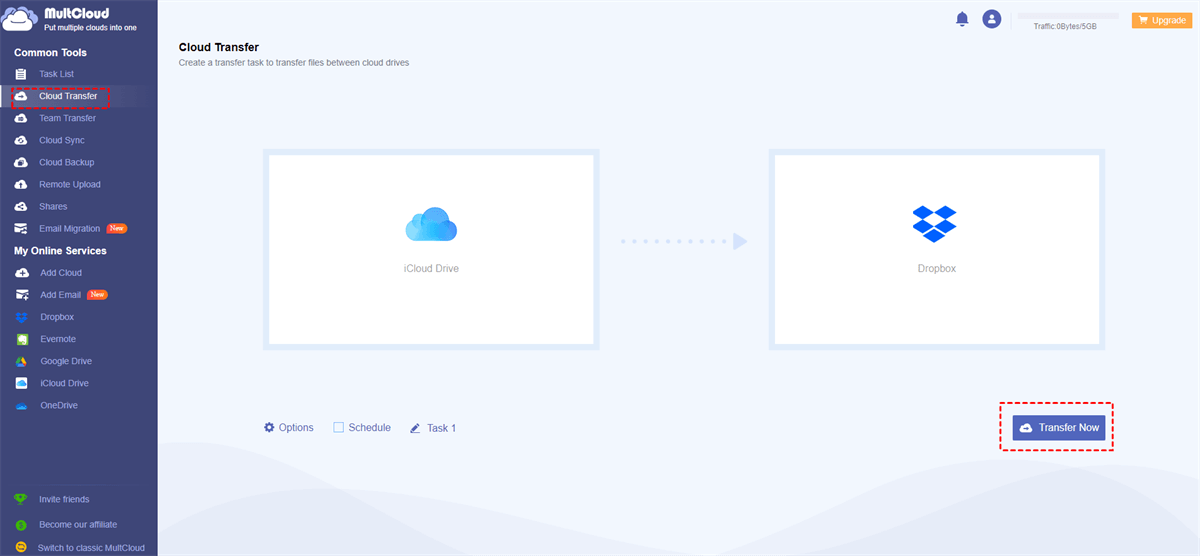Quick Search:
Preface
Ever scrolled through a hilarious text exchange with a friend, only to realize it vanished after a phone upgrade? Or maybe you're wondering if those sentimental messages from loved ones are safely tucked away in the cloud. Fear not, texters of the world! This guide dives deep into the relationship between iCloud and your precious text message history.
Does iCloud Save Text Messages History?
Does iCloud save text message history?
- Question from https://www.quora.com/
Here's the thing: iCloud itself doesn't directly store your text messages in a way you can easily access them like photos or notes. iCloud backups, however, can come to the rescue. When you enable iCloud backups for your device, including Messages, it creates a snapshot of your data at that specific time. This backup can then be used to restore your messages to a new device or retrieve them if you accidentally wipe your phone clean.
How to Access Text Messages on iCloud?
So, how do you actually view those saved messages? Unfortunately, you can't log in to iCloud and browse your conversation history like a digital rolodex. iCloud serves more as a secure vault for your data backups, not a messaging platform.
Why You Can't Directly View Messages in iCloud
Think of it this way: iCloud prioritizes efficiency. Storing every single text message for every user would be a massive undertaking. Backups are designed to ensure you don't lose important data during a device switch or mishap, not to replace your messaging app.
Alternatives for Viewing Past Conversations
Here's where things get interesting. There are two main ways to access your text message history, depending on your needs:
1. Utilizing Your Apple Devices
This is the most straightforward approach. By enabling iCloud Messages across your Apple devices (iPhone, iPad, Mac), your messages seamlessly sync. Any new message you receive on one device will automatically appear on all your synced devices. This ensures you never miss a beat, even if you switch between gadgets. However, keep in mind that only the most recently accessed messages are stored locally on each device due to storage limitations. Older messages might require an internet connection to display.
2. Third-Party Recovery Software (Proceed with Caution)
There are third-party applications that claim to extract text messages from iCloud backups. While these might seem tempting, proceed with caution. These tools often require access to your iCloud credentials, which can be a security risk. Additionally, their effectiveness and reliability can vary significantly.
Keeping Your Text Message History Safe
Now that you understand the intricacies of iCloud and messages, here's how to ensure your conversations are safe and sound:
1. Enabling iCloud Backups for Messages: This is the golden rule. Head over to your iPhone Settings > iCloud > Backup > Include Messages to activate message backups. You can choose between automatic backups or manual triggers.
2. Automatic Backups and Manual Triggers: Automatic backups offer peace of mind, ensuring your messages are saved regularly. However, if you have a particularly important conversation or exchange photos, a manual backup before deleting the thread can provide an extra layer of security.
3. Free Storage Limitations and Upgrade Options: Here's the catch: iCloud offers a free 5GB storage plan. While this might seem sufficient for emails and contacts, text messages with photos and videos can quickly gobble up that space. When your storage fills up, iCloud backups, including messages, won't be created. To avoid this message backlog, consider these options:
- Freeing Up Space: Take inventory of your iCloud storage by going to Settings > iCloud > Manage Storage. Here, you can identify and delete unnecessary data like old backups or forgotten apps.
- Upgrading Your Storage Plan: iCloud offers paid storage plans starting from 50GB, providing ample space for your messages and other data.
Advanced Considerations: Deleting Old Messages and Restoring Backups
1. Deleting Messages and iCloud Storage Management
Remember, deleting messages on one device doesn't automatically remove them from your iCloud backup (unless you have "Keep Messages" disabled in iCloud settings). However, once you delete a message from all your synced devices, it will eventually be purged from your iCloud backup during subsequent backups to free up space. This process can take some time, so don't expect instant deletion from the cloud.
2. Restoring Text Messages from an iCloud Backup
If you ever lose your phone or upgrade to a new device, you can restore your messages from an iCloud backup. This process wipes your device clean and reinstalls everything from the chosen backup point, including your precious text message history. Remember, restoring from an iCloud backup is an all-or-nothing approach. You can't selectively restore just messages; the entire backup will be downloaded.
Conclusion
iCloud offers a valuable safety net for your text messages, ensuring they aren't lost forever during a device mishap. By enabling backups and utilizing synced devices, you can keep your conversations accessible across your Apple ecosystem. However, it's important to understand that iCloud isn't a dedicated messaging archive.
Ultimately, the decision to hold onto every text message is a personal one. Some may find comfort in keeping a digital record of every conversation, while others might prefer to let go and embrace the impermanence of digital communication. Regardless of your preference, iCloud provides the tools to manage your text message history effectively.
Bonus Tip: Easiest Way to Move iCloud Data to Other Clouds
Do you need to transfer your iCloud data to another cloud service, like Google Drive or Dropbox? Manually downloading and uploading your entire iCloud library can be a tedious and time-consuming process. Thankfully, there's a much simpler solution: MultCloud. This innovative platform acts as your cloud management hero, allowing you to seamlessly transfer, sync and backup data between various cloud storage providers, including iCloud Drive and iCloud Photos.
- ✅Time-saving: No tedious uploading and downloading steps are required.
- ✅Fast: Dedicated servers provide satisfactory speed.
- ✅Automatic: The system can run tasks regularly at the set time.
Moving your iCloud data to another cloud with MultCloud is a breeze. Let's start.
Step 1. Sign up for a free MultCloud account. The process is quick and straightforward, requiring only a valid email address and password.
Step 2. Once you're in, you'll be greeted by a user-friendly interface that allows you to add all your cloud storage accounts, including iCloud. Adding your cloud drives to MultCloud is a simple matter of following the on-screen instructions provided by the platform.
Note: You'll need to authorize MultCloud to access your data on each cloud service, but rest assured, the process is secure and adheres to industry-standard data encryption protocols.
Step 3. Navigate to the "Cloud Transfer" tab and choose iCloud Drive or iCloud Photos as the source cloud. In the destination section, select the cloud service where you want to transfer your data (e.g., Google Drive, Dropbox). Once you've made your selections, simply click the "Transfer Now" button to begin the process.
Notes:
- You can choose to transfer entire folders or specific files within your iCloud storage.
- The beauty of MultCloud is that transfers happen in the background, so you can close your browser and get on with your day. The platform will notify you once the transfer is complete.
- This method is suitable for transferring iCloud to new iCloud.
MultCloud Supports Clouds
-
Google Drive
-
Google Workspace
-
OneDrive
-
OneDrive for Business
-
SharePoint
-
Dropbox
-
Dropbox Business
-
MEGA
-
Google Photos
-
iCloud Photos
-
FTP
-
box
-
box for Business
-
pCloud
-
Baidu
-
Flickr
-
HiDrive
-
Yandex
-
NAS
-
WebDAV
-
MediaFire
-
iCloud Drive
-
WEB.DE
-
Evernote
-
Amazon S3
-
Wasabi
-
ownCloud
-
MySQL
-
Egnyte
-
Putio
-
ADrive
-
SugarSync
-
Backblaze
-
CloudMe
-
MyDrive
-
Cubby



